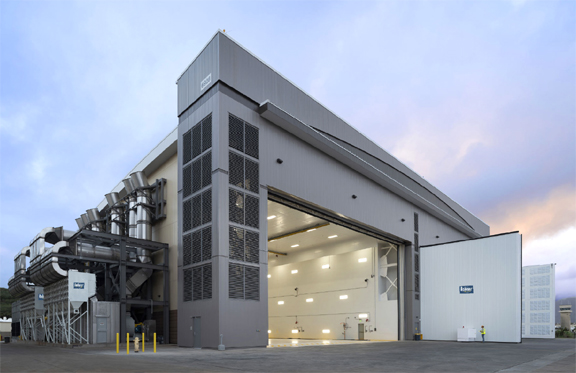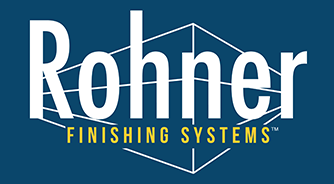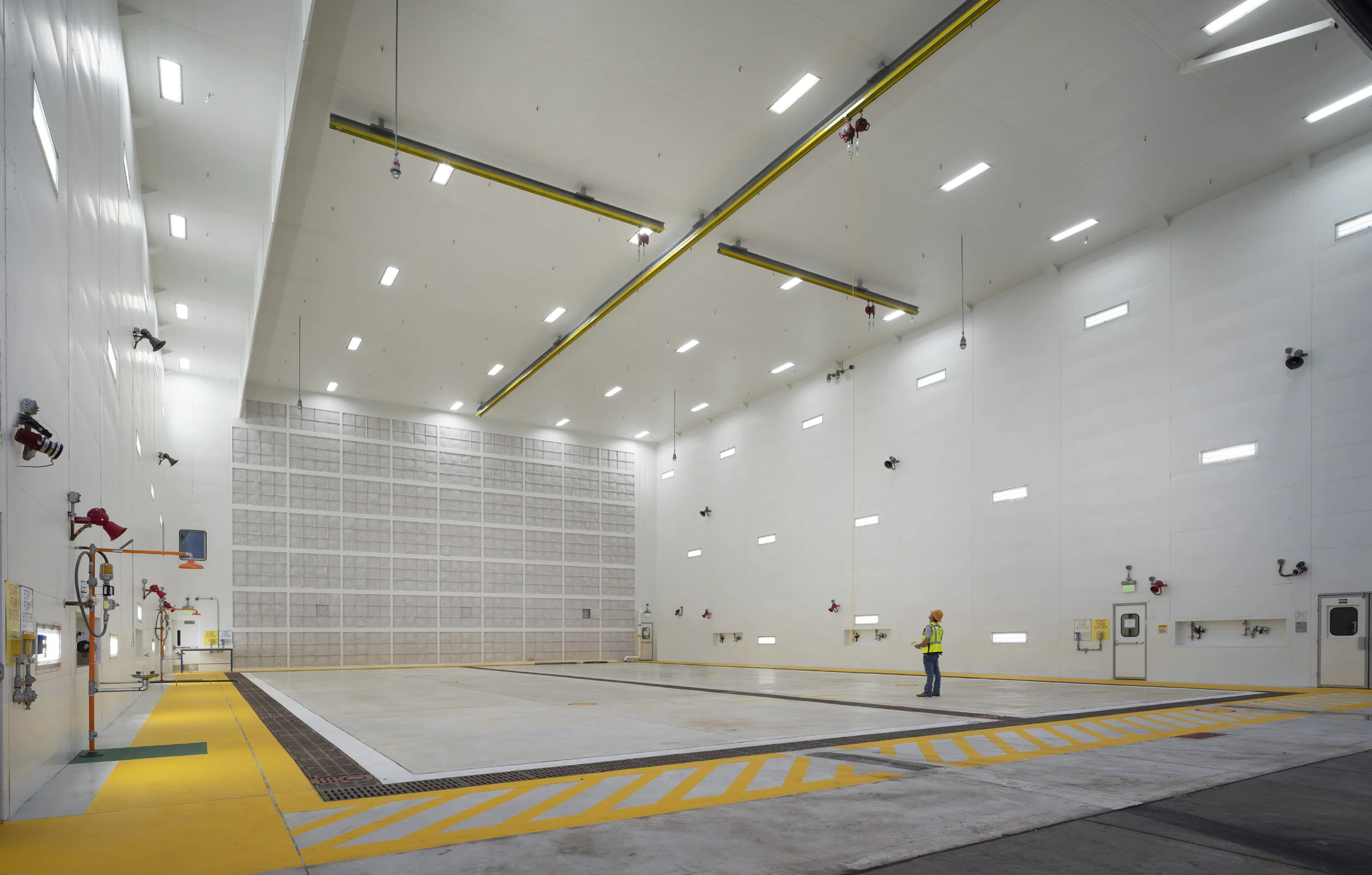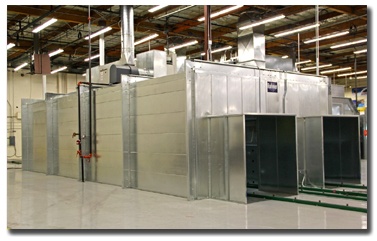Paint Finishing Challenges in the Aerospace and Defense Industries
- powder booth
- paint spray booth
- industrial spray equipment
- powder coating
- industrial spray booth
- paint booth
- batch oven
- batch powder booth
- spray booth filters
- large equipment systems
- paint mix room
- made in america
- industrial finishing solutions
- manufacturing finishing solutions
- aerospace paint booth
- finishing systems
- industrial makeup air unit
- custom finishing systems
- defense paint booth

Paint Finishing Challenges in the Aerospace and Defense Industries
Coatings and protective finishes are critical for the aerospace and defense industries to protect equipment from harsh environmental conditions and prevent corrosion. There are many challenges to ensure high-quality finishes for each aircraft or component, from the coatings used to the requirements of each industry. Here are some of the common finishing challenges for the aerospace and defense sectors.
Quality and Performance Standards
Aerospace and defense manufacturers have some of the strictest quality standards in the world. Each component must meet specific corrosion, durability, and environmental guidelines, from aircraft to marine vessels. Paint finishes have to withstand extreme temperatures, humidity, and UV exposure, which makes the coating process extremely important. Inconsistencies can lead to components failing, increased maintenance, or operational shutdowns. Many manufacturers use automated systems, robotics, and quality control inspections to ensure consistent finishes for each component.
Environmental Regulations
Paint finishes are comprised of some volatile organic compounds (VOCs) that can be harmful to the environment. There are global regulations regarding hazardous materials, including the European Chemicals Agency (ECHA) and the Environmental Protection Agency (EPA) in the U.S. that have strict limits on the use of VOCs. The water-based and low-VOC finishes can have slower curing times and application challenges, but there is a push to find less harmful coatings to protect the environment.
Lightweight Materials and Complex Surfaces
Aircraft, defense vehicles, and drones have weight restrictions to improve efficiencies, increase capacity, and reduce fuel usage. They use materials like carbon fiber composites or alloys that are lightweight, but they also require coatings that sometimes do not adhere well or add weight to the vehicle. These vehicles also have hidden surfaces and tight spaces that must be coated, which can be difficult with flat or stationary coating methods. Automated systems and robotic sprayers can help improve coverage for difficult-to-reach areas and ensure consistency.
There are many paint finishing challenges in the aerospace and defense industries, from strict regulations and environmental compliance to using lightweight materials and finding the right coatings for each component. As finishing technology evolves, manufacturers will be able to increase efficiencies and reduce some of these challenges. Rohner designs and build a variety of finishing systems for aerospace and defense manufacturers, with energy efficient and environmentally safe solutions for each project. Talk to our team to learn more about our custom finishing solutions for your process environments.
Have questions? Please contact the Rohner team: info@rohner-usa.com


